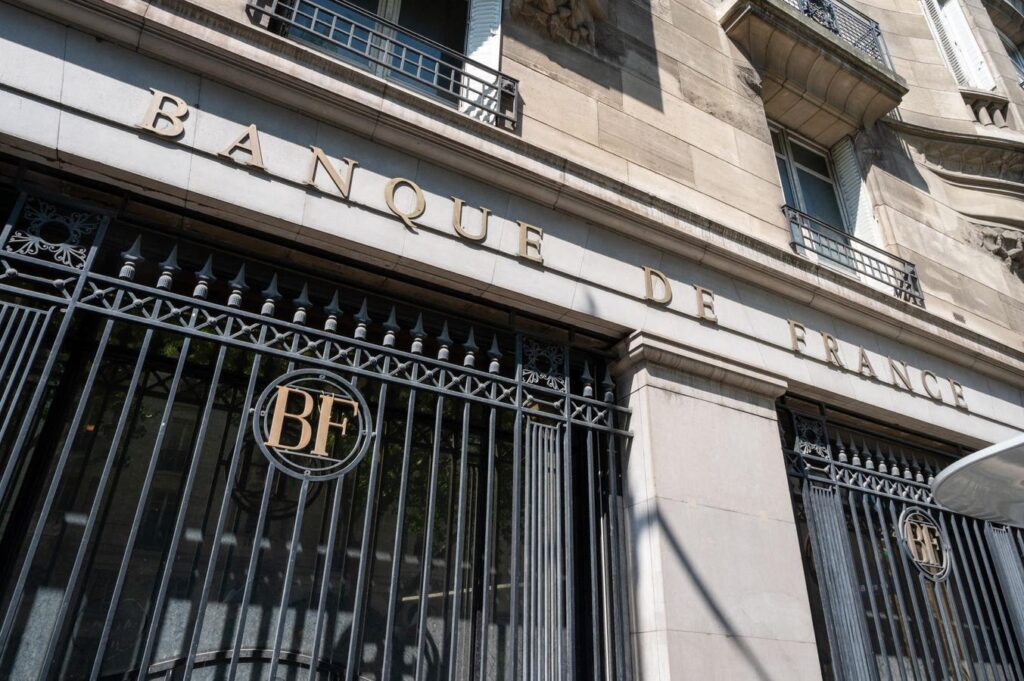The Governor of the Banque de France, M. François Villeroy de Galhau, told a hearing of National Assembly Foreign Affairs Committee on 14th May this year that the digitalisation of the European economy is increasing the regions “reliance on non-European players, especially international networks and big tech”. He is obviously right. He also went to talk about how the growth of stablecoins (dollar-backed and, as he sees it, promoted by the US government) means that there is a serious risk of “de-Europeanisation” of the currency, making the need for a digital euro all the more urgent.
Stablecoins Are Here To Stay
The fact is that policymakers have a genuine concern that if US stablecoins gain widespread usage, there is a risk of “digital dollarization” where platforms mean that participants will stay in flexible, liquid digital dollars and effectively undermine national sovereignty in monetary policy. M. Galhau’s call to action here was stirring: “We urgently need to shake off a certain economic nonchalance and overcome our stupefaction faced with the new US administration. We need a general mobilisation: the French and European response must be a collective one, with a fair sharing of the burden and a decisive pace of action”.
(I also liked his comment on the digital euro that “an ostensibly technical project masks an essential political dimension”. True enough, and I will return to this point later.)
However, because I am a nerd about digital currency and obsessed with trying to understand the future of money, I cannot help but reflect on the implied equivalence of stablecoins and a central bank digital currency (CBDC), in this case the digital euro. He is far from the only person to manifest this incorrect equivalence. Last year, the U.S. Treasury Department said it was concerned about the growth of the stablecoins and it believed that privately issued stablecoins should eventually be replaced by a a CBDC. And in my book “The Currency Cold War” (LPP: 2020) I too wrote that there will be “competition between private asset-based currencies and public fiat-backed (or synthetic) currencies” because I had lazily categorised public CBDCs and public stablecoins together when, as the passage of time has made clear, they are actually very different things.
As far as private asset-based currencies go, there is nothing to stop European companies from making euro stablecoins (indeed, Circle already does, although it is backed by US dollar assets) or indeed any other stablecoins. There are actually many different kinds of organisation looking at the idea. In the US, some of the biggest merchants are looking at issuing their own stablecoins in order to shift transactions away from the banking systems and potentially saving them considerable fees. According the Wall Street Journal, both Walmart, Amazon and Expedia as well as some airlines have explored whether to issue their own stablecoins
(Surely I am not the only person who has wondered why retailers with large numbers of customers and massive hoards of data have not moved to disrupt the payments space.)
It is useful to check in and see what actual economists think about this shift to digital in this repsect. There is an excellent paper on this from the National Bureau of Economic Research on “The Digitalization of Money” (working paper 26300, September 2019). In that paper Markus Brunnermeier, Harold James and Jean-Pierre Landau discuss how innovation unbundles the functions of money and, as they put it, renders the competition between currencies “much fiercer”.
They go on to discuss the role of platforms (ie, two-sided markets where buyers and sellers exchange multiple products) and explore their interaction with digital currencies. Their conclusion was that digital currencies associated with platforms will be far more differentiated than currencies are today because they will differ not only in their monetary functions but also in the functions provided by the associated platforms. As they put it, “a currency’s appeal will likely be governed by other platform features such as information processing algorithms, its data privacy policies and the set of counterparts available on the platform”.
(This is a really interesting perspective on the dynamics of digital currency which set me thinking about how both governments and businesses will deal with the digital currencies and fuelled my long-held suspicion that we are heading into a world of more, rather than fewer, currencies.)
It is important to see, though, that these private stablecoins do not replace CBDCs such as the digital euro, because public CBDCs have very different requirements. Stablecoins are about economics, whereas CBDCs are about economics, politics and social policy. CBDCs have to be available everyone, whereas stablecoins do not. CBDCs need to work offline otherwise serve as an adjunct to cash, whereas stablecoins do not. CBDCs should be redesigned to increase the net welfare, stablecoins do not.
Stablecoins And Innovation
There is another aspect to the relationship between stablecoins and CBDCs that I also find rather interesting. Earlier this year, the Governor of the Bank of England, Andrew Bailey, said in a speech to a G30 seminar in Washinton that while commercial banks are the “best home” for innovation in retail CBDCs (I have to say that I am not clear why he thinks this), central banks should continue their preparations because “We have not yet seen enough evidence that the innovation will happen in commercial banks”.
It is clear that a crucial driver of the stablecoin boom is innovation: the people building next-generation cool stuff in their dorm rooms, particularly cool stuff around agentic finance, are using stablecoins to exchange value because stablecoins are platform for innovation (which what a CBDC should be). This widespread permissionless innovation is good for all of us.
I always thought that the innovation agenda was the most interesting element of the Bank of England’s analysis: Given Britain’s leading role in fintech, and the renewed commitment to the sector following the “Kalifa Review”, I saw the issue of competition as critical. A point well made in the Bank of England’s initial 2020 report was that the introduction of “smart money” (either by some form of smart contract usage or API interface) was really where the benefit of a CBDC would come from. CityUnited, a London think-tank, made that same point, arguing that digital Sterling must be “at the heart of Britain’s efforts” to strengthen London’s global role as a financial centre.
It is no wonder that central banks are concerned about the rise of stablecoins, but I am sure that if they analyse the stablecoin boom, they can make the digital euro, digital pound and digital everything else better: not by copying stablecoins, but by learning from them.
Read the full article here











